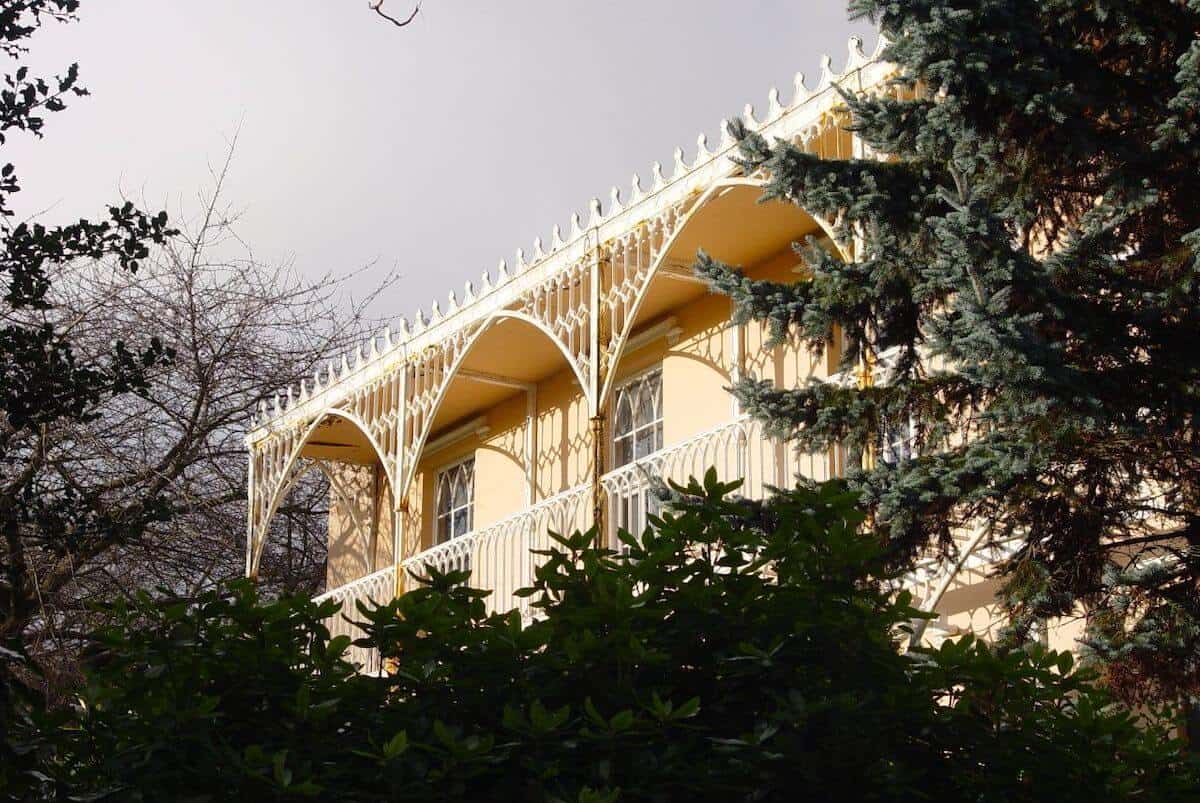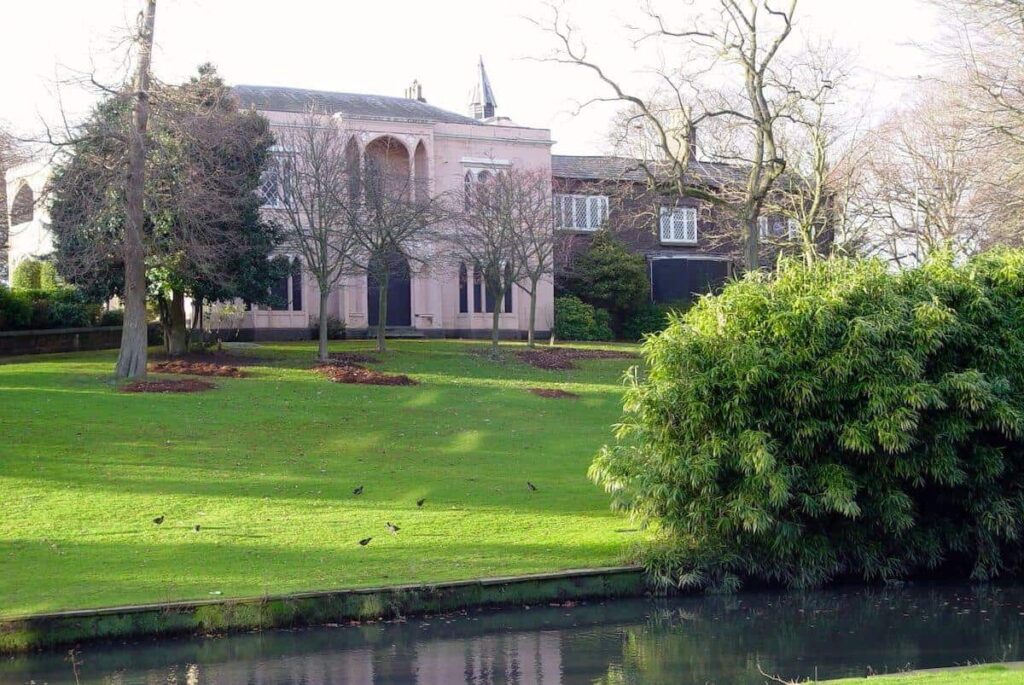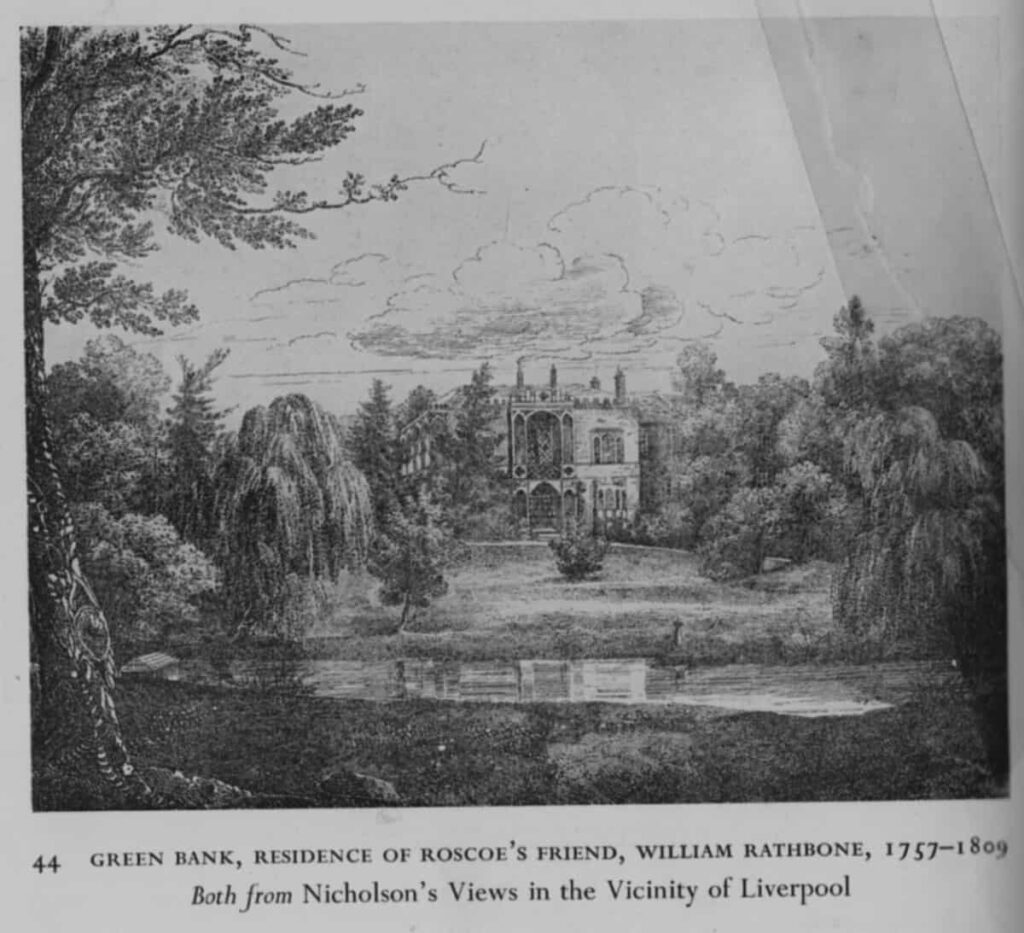
Work has been completed on the refurbishment of Greenbank House, in the Greenbank Complex in South Liverpool. It’s a project we were delighted to win when we announced it here.
The scope of our work involved the installation of new heat recovery ventilation, LPHW heating & radiators and domestic hot water via a skid-mounted duplex heat exchanger unit, fed from the sitewide district heating network. In addition, we also carried out above ground drainage and electrical works throughout. The latter covered all of the low voltage lighting, feature and decorative lighting, AV equipment for the teaching and seminar spaces as well as data and WIFI provision.
To manage all of these diverse systems, there is also a newly designed Building Management System (BMS) and CCTV throughout.

Speaking about the Project, Chris Tolley, Kimpton Contract Engineer said “This has been a really interesting project and presented challenges we’ve had to work hard to think our way through. The building is rightly Grade II Listed which means we have to adhere to very tight specifications throughout. I have to give huge respect to The University team as it’s such a superb building but it would have probably been easier and cheaper to just build a new space from scratch. Their commitment to create and maintain significant architecture is one that the city will look back on in the years to come and thank them for.”
One specific challenge for this project was the original plaster and lath work throughout the building. There is normally some margin for error with first fix work, but here we had to be exceptionally accurate to ensure no revisits as this would have meant further plasterwork. Additionally, all of the services had to be fully contained within the walls, with suitably designed access panels to maintain the period aesthetics of the listed building.
According to Ronnie Hughes in his excellent blog post here, the building itself is definitely one of the most significant in Liverpool, having begun its life as a holiday home for the Rathbone family in 1787. Perhaps the best description of it is given in the book he references ‘Liverpool: City of Architecture’ by Quentin Hughes, when he describes it as ‘a graceful marriage of Georgian and Gothic styles with the lace-like cast iron screen on the garden facade being its most charming feature’.
Hughes says in his description that this architectural style influenced building styles carried across to the Southern States of America and not the other way round.

The Rathbone family lived in the house right through until 1940 and were one of Liverpool’s wealthiest families, making their fortune in shipping, banking and timber. Significantly but perhaps not surprisingly for the region, they were also fierce campaigners for social justice and were founding members of the Liverpool Committee for the Abolition of the Slave Trade.
Following the death of Hugh Reynolds Rathbone in 1940 the estate was subsequently acquired by the University of Liverpool. It was first used as student housing before being converted for use as a social club for students in 1963. Eventually, in 1988, the house was closed to the public and used as office space for UoL staff.
The new Greenbank House now comprises three purpose-built music rooms, more than ten seminar spaces suitable for groups from as few as four to over 50 people, along with beautifully designed breakout spaces as well as a hospitality and entertainment space.
If you would like to discuss any of our services, please call 0151 343 1963 or complete the form below and we will be in touch shortly.